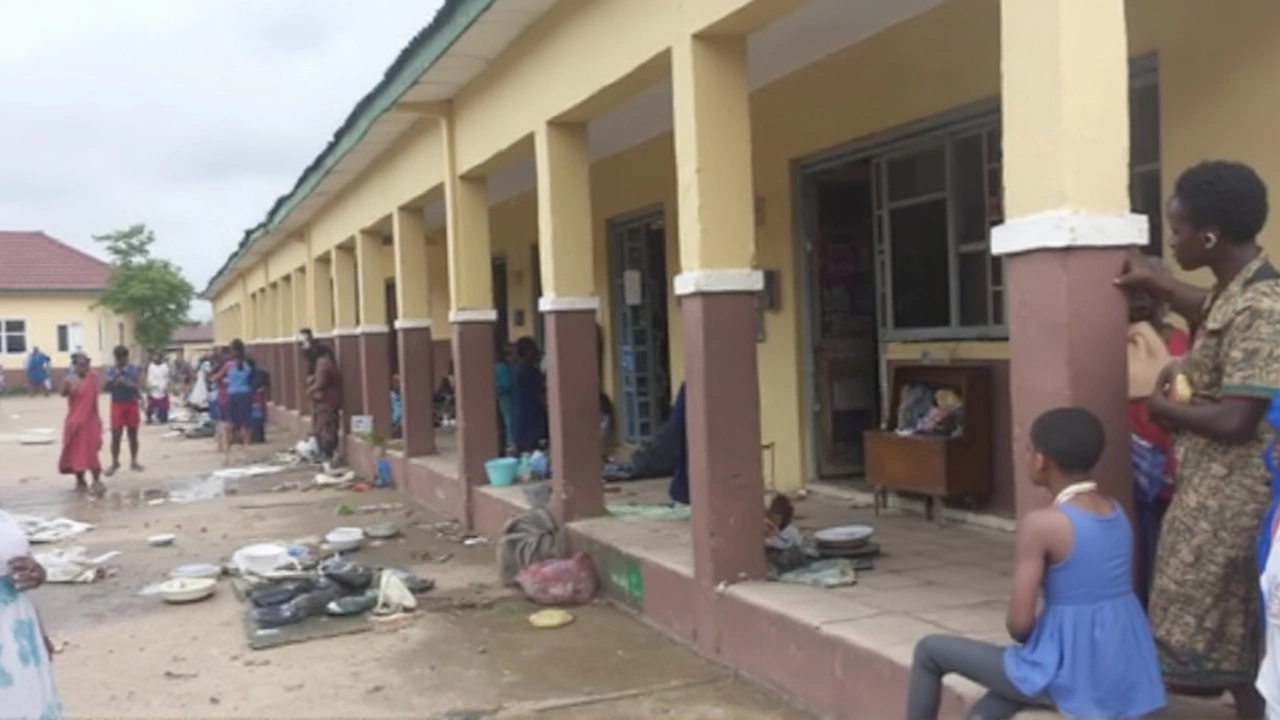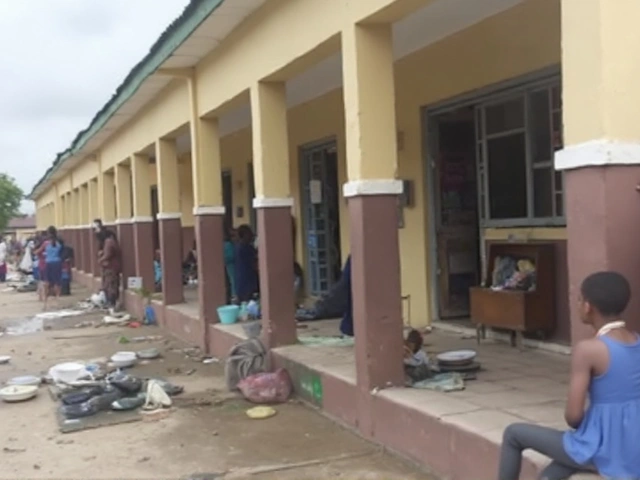Alau Dam Collapse Unleashes Disaster on Maiduguri
The sudden collapse of the Alau Dam on September 10, 2024, sent a wall of water crashing into Maiduguri, flooding the heart of Borno State. In just hours, more than 70% of this already-vulnerable city was underwater, leaving homes ruined and streets transformed into dangerous rivers. The scale is almost impossible to grasp: at least 419,000 people lost their homes in Maiduguri alone, while across Nigeria, the disaster drove 730,000 people from their communities. Bodies have been recovered from the murky water—at least 150 known dead—with emergency teams warning those numbers will likely rise.
The timing could hardly have been worse. For more than a decade, Maiduguri has been a refuge for people fleeing violence from the Boko Haram insurgency. Life here was already precarious, with families packed into crowded districts, and infrastructure stretched thin. Now, the massive flood has swept away what little security they had. Fatima Umar, a mother navigating life with a disability, described being rescued by neighbors after the waters trapped her and her three children: 'My home is destroyed, and my family’s survival now depends on getting food and a wheelchair.' She's one among tens of thousands suddenly forced to find new shelter, food, and medical care as everything familiar disappears beneath the floodwaters.
Schools in the area—including the city center and outlying towns like Jere and Konduga—have postponed reopening. Classrooms are flooded or destroyed, and some buildings are now serving as makeshift shelters for the displaced. Children, who have already missed out on years of education due to conflict, face yet another setback.

Rising Disease Risk and Aid Shortages
The disruption hasn't stopped with homes and schools. The heart of the city’s water and sanitation system is down, sparking fears of a fast-moving malaria outbreak and other waterborne diseases. Floodwaters have choked wells and water pipes with debris and waste, turning every glass of water into a potential health risk. Humanitarian agencies—among them Doctors Without Borders and the UNHCR—have rushed to provide chlorine tablets, clean water, and emergency health kits. Yet, delivering help to submerged neighborhoods is exhausting, slow, and risky. Streets once bustling with traffic are now only passable by canoe or makeshift rafts.
The broader impact is coming into focus across the northeast. With crops destroyed and food stocks ruined by floodwater, food insecurity—a problem that’s dogged Borno State for years—has reached a new crisis point. Local markets stand empty, prices are soaring, and humanitarian food aid is a lifeline for thousands. The disaster has wrecked 120,000 houses nationwide, from mud-brick huts to more solid family compounds. Some families sleep under tarps, clinging to what belongings they could salvage.
This isn’t the first time the Alau Dam has failed the city. Built back in 1986 to control floods from the Ngadda River, it failed spectacularly in 1994, again in 2012, and now has collapsed when families most needed protection. The repeated failures point to long-standing infrastructure problems—crumbling, outdated, and poorly maintained. Each failure adds new casualties, more displacement, and a heavier sense of frustration among locals demanding change.
With 1.4 million people touched by the floods across Nigeria, the crisis has burst into full view. Hospitals are overstretched, food queues grow longer each day, and aid agencies say much more help—and better planning for the future—is needed to prevent this kind of disaster from striking again.






Post A Comment